Are you wondering “How long does a wrist tattoo take?” Tattoos are becoming increasingly popular, with many people looking to express themselves through beautiful artwork. While tattoos can be placed on any part of the body, a popular choice is the wrist. But how long does it take to get a wrist tattoo? This article will provide a definitive guide on the process of getting a wrist tattoo, from start to finish. We’ll cover the various factors that may affect the duration of your wrist tattoo, such as the size and complexity of the design, your skin type, and the artist’s experience. We’ll also provide tips to help you prepare for your tattoo session. So read on to find out more about how long a wrist tattoo takes.
Contents
Factors that Affect the Tattoo Process
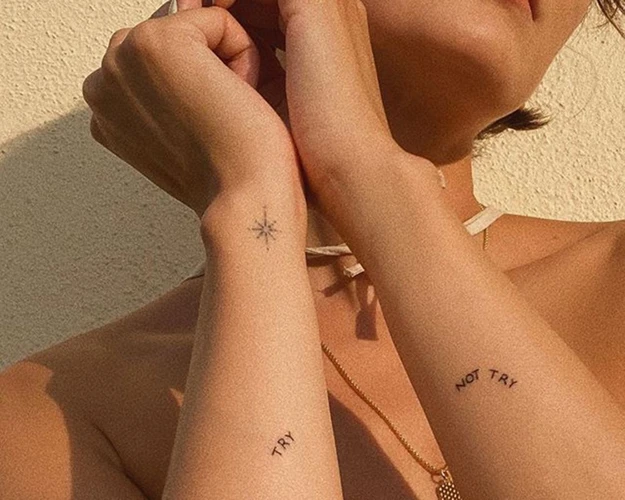
Tattoo Design
The complexity of the design is one of the main deciding factors when it comes to how long do wrist tattoos last. More detailed designs take longer to finish.
Tattoo Artist
The experience and skill of the artist is also an important factor. Professional artists can finish the artwork faster than novice ones.
Tattoo Placement
The location where the tattoo is placed is also significant. Tattoos on areas with less flesh will take less time compared to those on larger body parts. Wrist tattoos, in particular, take a relatively short time to finish.
Pain Levels During the Process
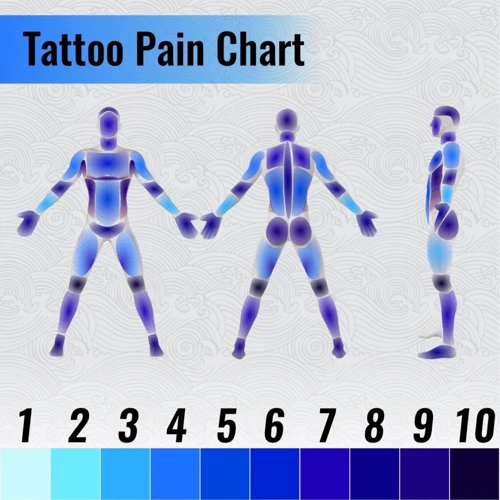
- Outline: Pain levels during outlining a wrist tattoo are usually moderate to high. It may feel like a scratching or stinging sensation.
- Coloring: The pain levels during the coloring process vary depending on the person and the amount of ink used. Generally, it is a low to moderate pain.
- Touching Up: Touching up a wrist tattoo is the least painful part of the process.
Aftercare of a Wrist Tattoo
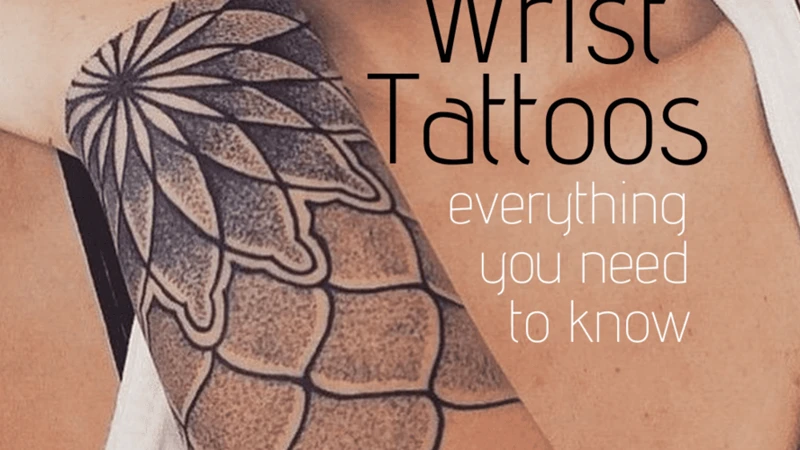
Healing Process
Tattoo healing is a process that can take up to one month. During this time it is important to keep the tattoo clean and moisturized to avoid infection and ensure proper healing. The first step is to clean the tattoo with lukewarm water and a mild, unscented soap. After patting the tattoo dry with a paper towel or soft cloth, apply a thin layer of an unscented, fragrance-free lotion or ointment.
Daily Care
In the first few days after receiving a wrist tattoo, it is important to keep it clean and protected. Avoid submerging the tattoo in water, such as swimming pools and hot tubs, and keep the area dry with a clean, dry bandage. Avoid contact with clothing, jewelry, and other objects that may cause irritation.
Touch-ups
Touch-ups are necessary for any tattoo, but especially for wrist tattoos. This is because the wrist is a particularly active part of the body and the tattoo is more likely to fade or become distorted over time. Make sure to schedule regular touch-ups with your artist to ensure that your tattoo looks its best.
Cost of a Wrist Tattoo
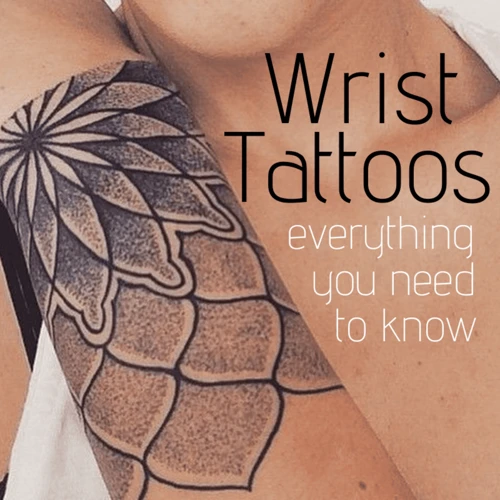
The cost of a wrist tattoo depends on the size, complexity, and artist’s experience. Generally, a small tattoo can cost between $50 and $200, while a larger tattoo can be upwards of $500.
| Tattoo Size | Price |
|---|---|
| Small (1″x1″) | $50 – $200 |
| Medium (2″x2″) | $200 – $500 |
| Large (3″x3″) | $500 – $1,000 |
The cost of a wrist tattoo will also depend on the type of tattoo you choose. Some popular styles, such as neo-traditional, may cost more than simple line work. When choosing a tattoo artist, make sure to research the artist’s portfolio and the cost of their tattoos.
Risks and Complications
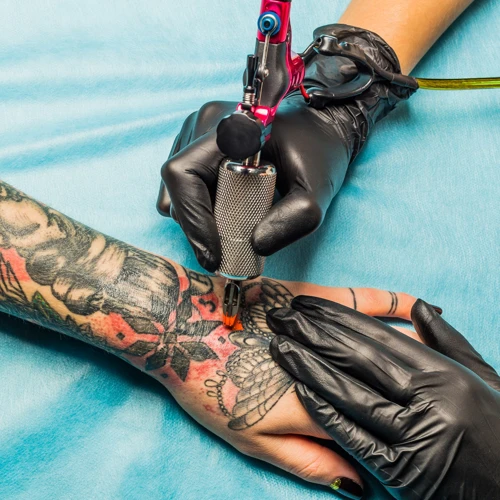
Getting a tattoo on any part of the body carries certain risks and potential complications, and the wrist is no exception. In particular, wrist tattoos come with the risk of nerve damage, infection, and allergic reactions. To minimize these risks and complications, it is essential to take the proper safety precautions and take the necessary steps to ensure the tattoo artist is correctly licensed and certified.
- Nerve Damage: The wrist is close to several major nerves, so there is a risk of nerve damage when getting a wrist tattoo. To avoid this, the tattoo artist must use the proper level of care when placing the tattoo and should not go too deep when injecting the ink.
- Infection: Infection is always a risk when getting a tattoo. To avoid this, the tattoo artist must use sterile equipment and must clean the area thoroughly prior to beginning the procedure. After the tattoo is complete, the recipient must take care to keep the area clean and follow the tattoo artist’s aftercare instructions.
- Allergic Reactions: Allergic reactions to the ink or other materials used in the tattooing process are always a risk. To minimize the risk of an allergic reaction, it is essential to choose a tattoo artist who uses hypoallergenic inks and takes the necessary steps to ensure the safety of their equipment and materials.
By taking the proper precautions and following the tattoo artist’s instructions, the risks and complications of getting a wrist tattoo can be minimized.
Alternatives to a Wrist Tattoo
If you are not a fan of wrist tattoos, there are many other alternatives that you can go for. Some of these alternatives include:
Arm Tattoo: An arm tattoo is a great alternative if you want a larger tattoo. This gives you more options and space to choose a design that you like.
Shoulder Tattoo: A shoulder tattoo is a great way to add a unique design to your body. It’s also a great way to show off your personal style without making a big commitment.
Back Tattoo: A back tattoo is perfect for those who want to make a statement. It’s also a great option for those who want to keep their tattoo hidden.
Ankle Tattoo: An ankle tattoo is a great way to add a subtle design to your body. It’s a smaller tattoo, so you don’t have to make a huge commitment.
Finger Tattoo: Finger tattoos are perfect for those who want a small but meaningful tattoo. It’s also a great way to show off your personality and style.
No matter what type of tattoo you choose, it’s important to make sure that you take the time to research the artist and the design before you commit. This will help ensure that you get a tattoo that you will love for years to come.
Frequently Asked Questions
What are the Safety Considerations When Getting a Wrist Tattoo?
Sanitation: Always make sure the parlor is clean and up to date with health and safety regulations. Ask to see the autoclave and make sure all needles and equipment are sterile and single-use.
Allergies: Tell your artist about any allergies you may have and ensure that the inks and dyes used are safe for your skin.
Bandages: After getting your tattoo, ensure that you are correctly bandaged and have instructions on how to change the bandage and look after your tattoo.
Pain Management: Talk to your artist about how to manage the pain during your tattoo session. They may suggest numbing creams, or other methods.
Aftercare: Make sure you understand the aftercare instructions and are aware of any signs of infection.
Sun Protection: Make sure you protect your tattoo from the sun, as this can discolor or fade a tattoo.
Are there any specific aftercare instructions for wrist tattoos?
Keep the tattoo clean: Clean the tattoo with a mild, fragrance-free soap and warm water. Gently pat the area dry with a clean towel.
Moisturize: Apply a thin layer of fragrance-free moisturizer to keep the tattoo hydrated and promote healing.
Avoid sun exposure: Wrist tattoos are particularly prone to fading from sun exposure, so be sure to use a broad-spectrum sunscreen when going out in the sun.
Don’t pick: Do not pick or scratch the tattoo as this can cause the ink to spread or the tattoo to become infected.
Avoid swimming: Swimming can also cause the tattoo to become infected, so it is best to avoid it until the tattoo has fully healed.
Don’t apply makeup: Do not apply makeup or lotions directly to the tattoo until it has completely healed.
How Expensive is the Process of Getting a Wrist Tattoo?
The cost of getting a wrist tattoo depends on various factors, including the complexity of the design, the size and placement of the tattoo, and the hourly rate of the artist. Generally, a small wrist tattoo can range from $50-$200, while larger tattoos can cost anywhere from $200-$1000 or more. Additionally, it is recommended to tip your artist for the work they have done.
Does the Size of the Tattoo Affect the Time it Takes to Complete?
Yes, the size of the tattoo does affect the time it takes to complete. Smaller tattoos will take less time to complete than larger tattoos. The size of the tattoo also affects how much detail can be included and the complexity of the design. This can also affect the time it takes to complete a tattoo.
Is there a difference in the healing process for wrist tattoos compared to other areas of the body?
The healing process for wrist tattoos is similar to that of other areas of the body, however, due to the delicate nature of the skin, it may take longer for the tattoo to heal. Additionally, since the wrist is a flexing area, it is important to wear a bandage for the first few days to protect the tattoo from excessive movement. It is also important to keep the area clean and moisturized to prevent infection. Finally, be sure to follow your artist’s aftercare instructions to ensure the best healing process.
Conclusion
Getting a wrist tattoo can take anywhere from 1-3 hours, depending on the size and complexity of the design. The tattooing process involves a few steps to ensure the safety of the artist and the client. It is important to be aware of the risks associated with getting a tattoo, such as infection and allergic reactions. It is also important to find an experienced and reputable tattoo artist who is familiar with the area of your body you are getting tattooed on. Lastly, it is important to be prepared with aftercare instructions and products to ensure your tattoo heals properly and looks its best.